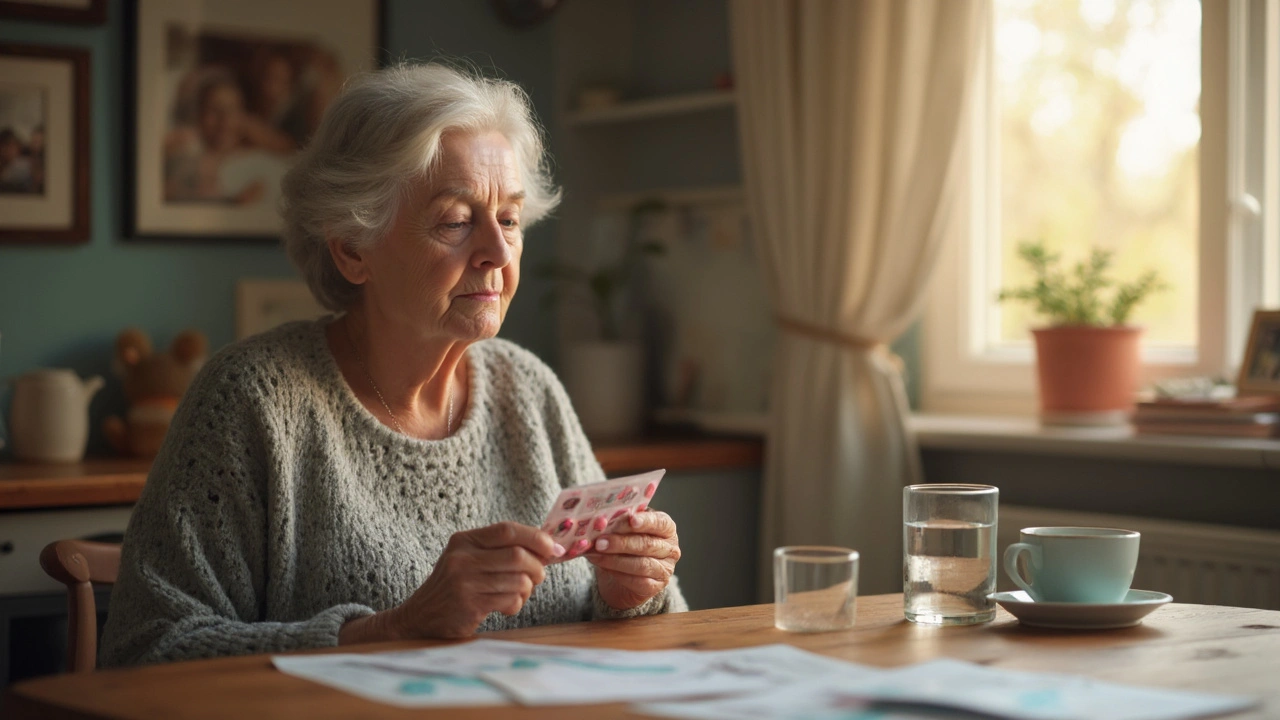Bone health: Simple steps to stronger bones
Bone health matters more than most people think. One in three women over 50 and one in five men will suffer an osteoporotic fracture, so prevention pays off. You can keep bones strong with clear, affordable steps: the right food, vitamin D, movement that stresses bone, sensible supplements when needed, and attention to medicines that thin bones. This page gives short, practical actions you can use today.
Eat and absorb the right nutrients
Calcium and vitamin D are the basics. Aim for calcium-rich foods first: low-fat dairy, canned salmon with bones, tofu, leafy greens, and fortified milk or plant milks. If you dislike dairy, include almonds, sesame, and sardines. Vitamin D helps your body absorb calcium; get safe sun exposure and consider a supplement if tests show low levels. Adults often need 700–1000 IU of vitamin D daily, but talk to a doctor about testing and dose. Don’t forget protein — bone is living tissue and needs adequate protein to repair and stay strong.
Move daily with bone-building exercises
Weight-bearing cardio like brisk walking, jogging, dancing, and stair climbing helps maintain bone density. Add two to three strength sessions per week using bodyweight, resistance bands, or free weights to target hips, spine, and wrists — the common fracture sites. Balance and mobility work, such as tai chi or single-leg stands, cuts fall risk. Start slow, increase load every few weeks, and stop if you feel sharp pain; seek a trainer or physical therapist for safe progress if needed.
Watch medications and habits that harm bone. Long-term corticosteroids, some anti-seizure drugs, and excessive thyroid hormone can reduce bone density. Smoking and heavy drinking also make fractures more likely. If you take medications that affect bone, ask your prescriber about monitoring and preventive options.
Get screened when appropriate. Bone density scans (DEXA) measure risk and guide treatment choices. Women often get scanned around menopause if there are additional risk factors; men with risk factors should also be screened. If a scan shows low bone mass, discuss prescription options and lifestyle changes that work together to lower fracture risk.
Choose supplements wisely. Calcium supplements can help when diet falls short, but high doses at once are not ideal — split doses and keep total intake near 1000–1200 mg daily for most adults. Vitamin D dosing should be based on levels. Buy quality supplements from reputable sellers and compare prices; affordable options can be safe and effective.
Small daily habits add up. Keep living spaces free of trip hazards, use night lights, wear sturdy shoes, and manage vision and hearing problems that affect balance. Combine good nutrition, movement, and smart medical care to protect your bones for decades.
When to see a doctor: unexplained height loss, back pain, or recent fracture after minor fall are red flags. Treatments range from bisphosphonates to newer injectables and must be personalized. Ask about cost-saving options, generic drugs, patient assistance, and safe online pharmacies to compare prices. Tracking your progress with follow-up scans and simple walking tests helps you stay on track for life.

